Whether you’re trying your hand at a pie crust or a batch of biscuits, you’ll need to cut butter into flour in a recipe at some point. It’s an important, basic baking technique to have in your repertoire and a skill that, once you master it, will help you to produce some of the most delicious baked goods you can think of.

When to cut butter into flour
Butter is cut into flour when you’re looking to create a flaky pastry. During the process, butter is broken down into small pieces that are distributed throughout a dough. When the final dough is baked, the water in these little pieces of butter becomes steam and the dough puffs up, leaving you with a crisp, flaky pastry.
How to cut butter into flour
To cut butter into flour, you need to have your butter and flour out on the counter, at the ready.
First, cut the butter into several chunks and add them to a bowl containing the flour mixture.
Recipes usually tell you how many pieces to cut the butter into, but it doesn’t really matter — the butter will get broken down even more. Using smaller pieces of butter at the start helps you to cut them in more quickly, but it also means that the butter will soften faster as you work. I recommend cutting butter into tablespoon sized pieces as a good starting point.
Toss the chunks of butter in the flour to coat it.

Next, cut through the butter to break it down into little chunks.
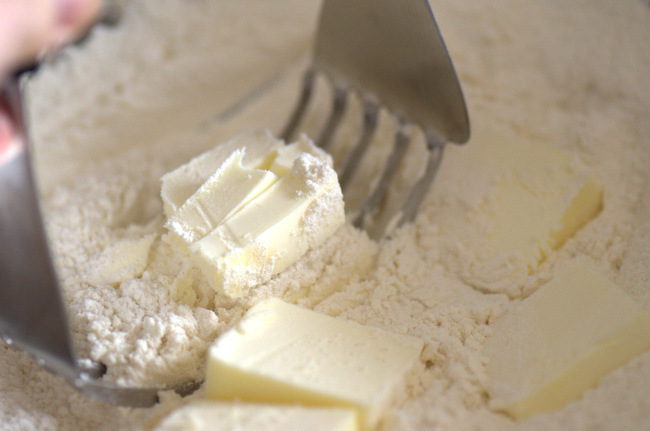
You can do this using a pastry cutter or using your fingertips. A pastry cutter is a tool with several metal blades that slices through butter quickly and without you having to handle it. It’s a great tool if your hands tend to be hot, or if you simply don’t want to get messy.
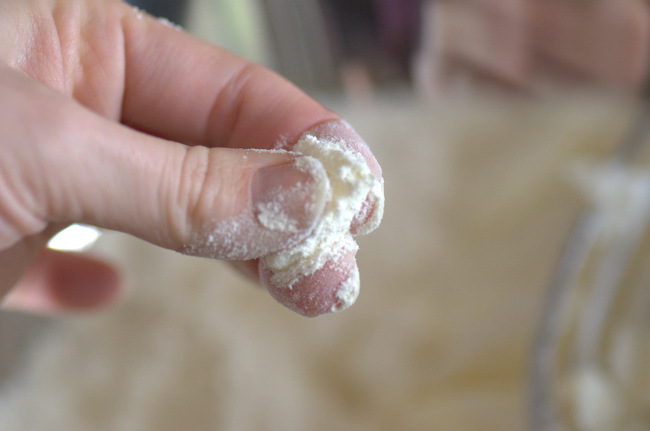
Your fingertips are the “tool” most traditionally used to cut butter into flour. When using your fingers, simply smush pieces of butter between them, breaking the butter up into small pieces as you go. You may find that it’s faster to use your fingers because it allows you to literally get a feel for the dough as you make it, but both ways are equally good and will get the job done quickly.
Just about every recipe will direct you as to how big the pieces of butter should be by saying “no larger than a pea/almond/etc.” Larger pieces of butter will yield a flakier dough, while smaller pieces will yield a more tender and crumbly dough.
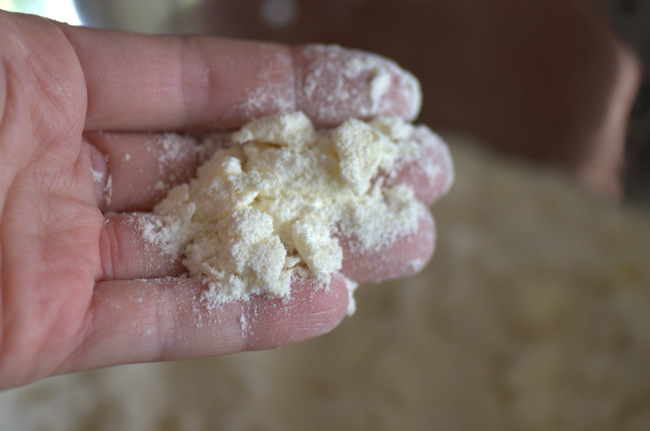
Once your butter has been cut in, you can proceed with the recipe as directed.
Most recipes will add a cold liquid at this point to bring the dough together, such as recipes for pie crust and scones.
A note about the butter
When a recipe calls for cutting butter into flour, it usually calls for cold butter. Cold butter is easier to work with because it holds its shape and doesn’t get all over your fingers. Cold butter also yields a flakier pastry when it bakes, due to the temperature change when it gets into the oven.
Some recipes call for softened butter (often streusel recipes, where the final product does not necessarily need to be flaky). If your recipe calls for room temperature butter, the technique is exactly the same, but I would recommend using a pastry cutter or a fork instead of your fingertips for the easiest cutting.
Give it a try with these recipes!
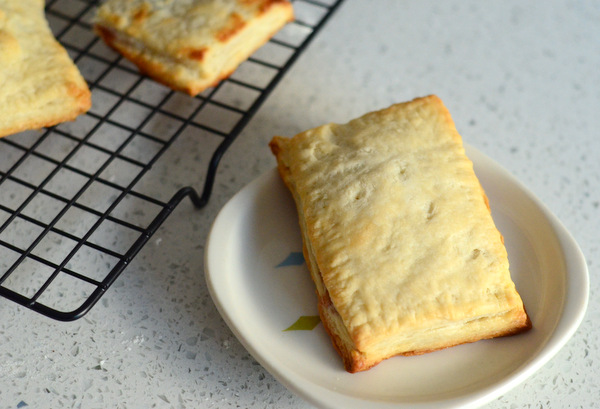


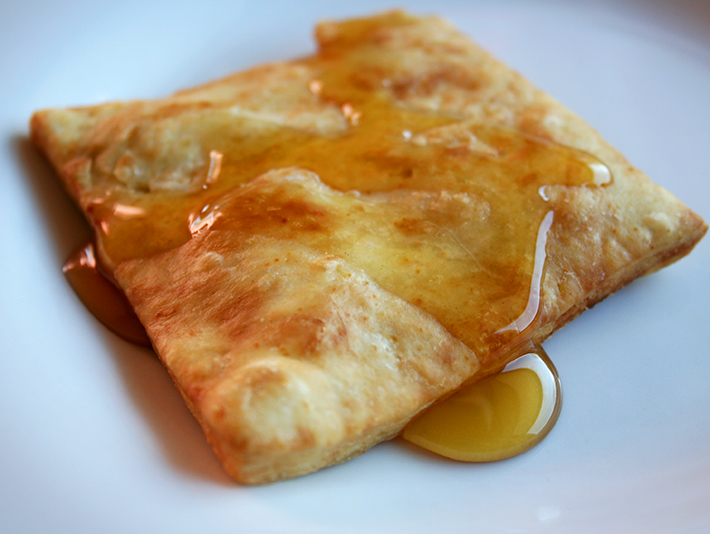
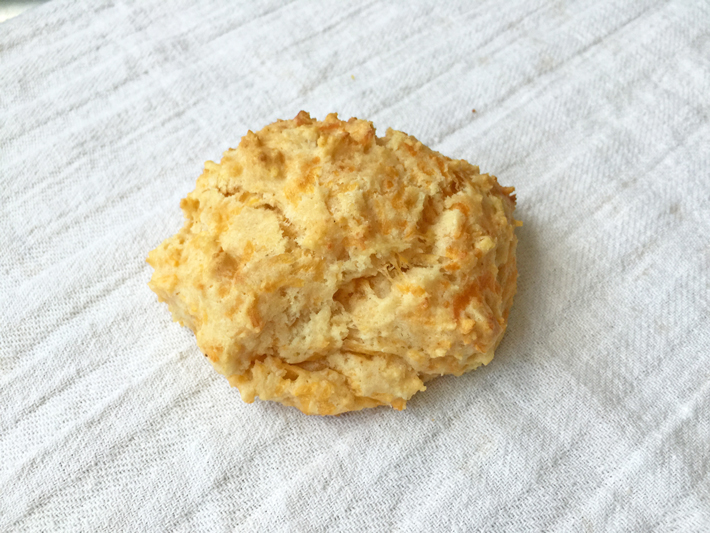
Share tips, start a discussion or ask one of our experts or other students a question.
No Responses to “Baking Basics: How to Cut Butter Into Flour”